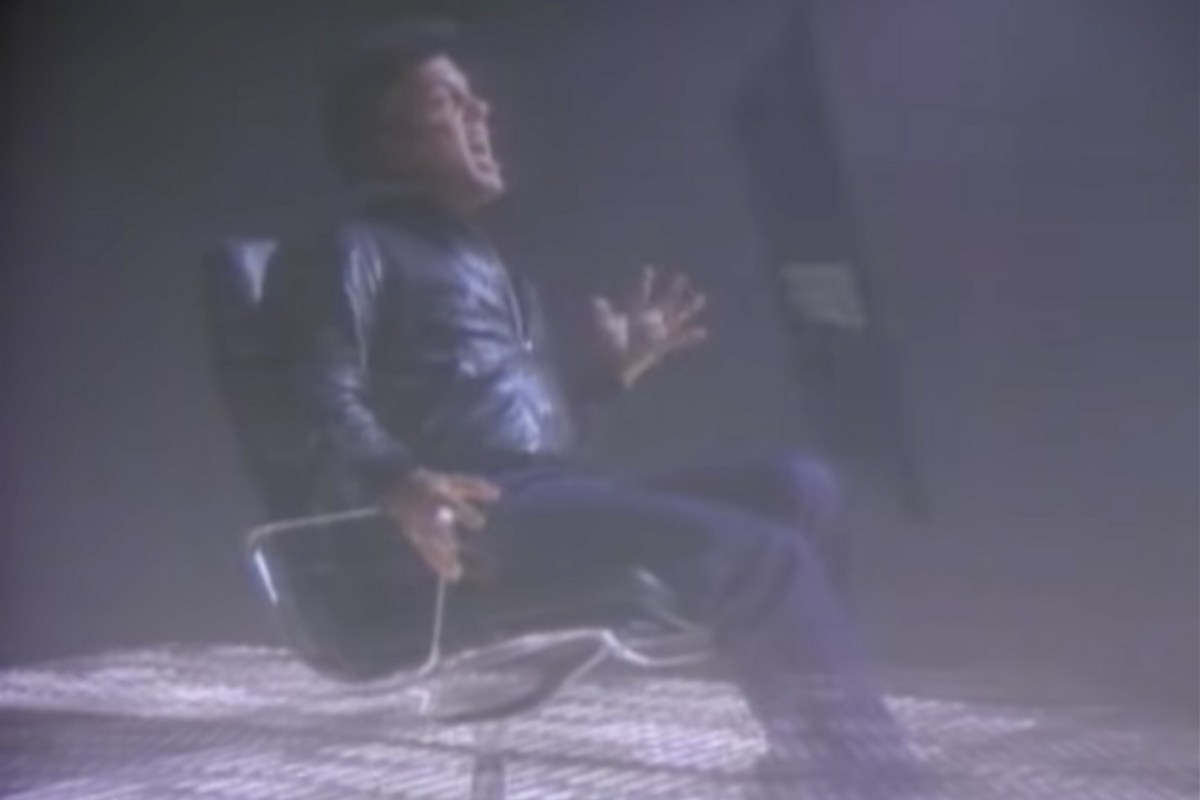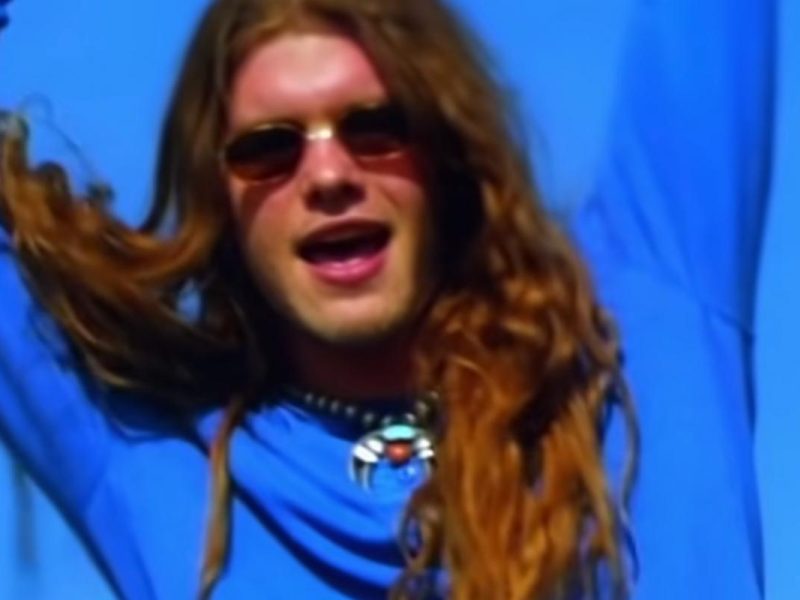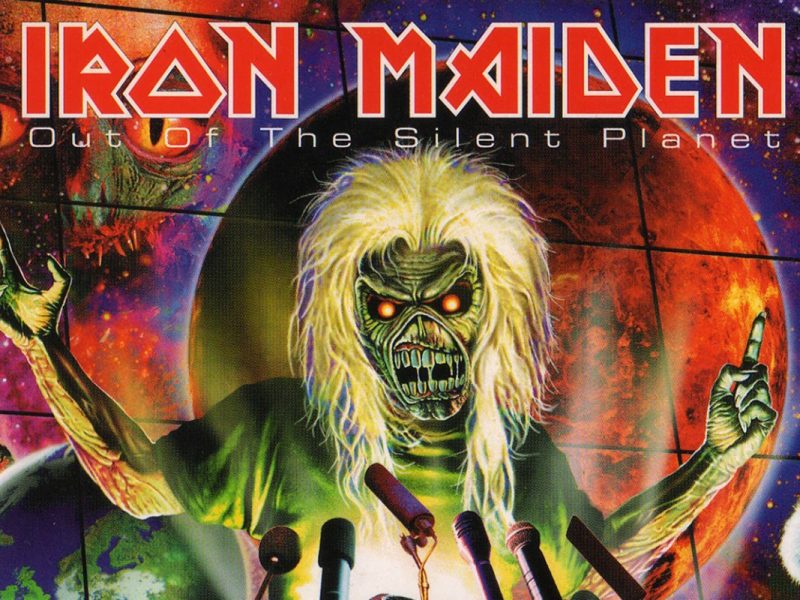Billy Joel was about halfway through his eighth studio album, The Nylon Curtain, and sensing the creative strain. He turned that feeling into the album’s lead single.
“The pressure I was writing about in this song wasn’t necessarily music business pressure. It was writing pressure,” Joel told MTV’s Night School in 1982. “I said, ‘I don’t have any ideas. It’s gone! It’s dead! I have nothing, nothing, nothing! There’s nothing!’
“And then the woman who is my secretary came into the house at that point and said, ‘Wow, you look like you’re under a lot of pressure. I bet that’d be a good idea for a song,'” Joel added. “And I said, ‘Thank you!'”
Creative pipes opened, Joel went on to write the appropriately titled “Pressure,” an existential treatise that both acknowledges and mocks the contemporary anxiety of the early ’80s. The word “snowflake” is never employed, but the song is a kind of slap upside the head to anybody – including himself – paralyzed by the stresses of the modern world: “You have to learn to pace yourself. … You’re just like everybody else.”
Along the way, he sneers at those who “cannot handle pressure,” tauntingly invoking totems of innocence such as Peter Pan and Sesame Street as part of a his message to buck up and get on with it. “I’m basically saying that you can’t be soft,” he told this writer when The Nylon Curtain was released. “The pressure’s out there, whether you like it or not. It’s gonna be there, so you either deal with it or you crumble.”
Released in front of the album’s arrival on Sept. 23, 1982, “Pressure” got The Nylon Curtain campaign off to a fast start as his seventh Top 20 single on the Billboard 200. The single version shaved nearly a minute and a half off its album counterpart, editing out the third verse and second bridge.
Watch Billy Joel’s Video For ‘Pressure’
Recording “Pressure,” meanwhile, became a creative adventure. That was part and parcel of sessions which producer Phil Ramone described in his book Making Records as “an opportunity to make a credible avant-garde statement. Our palette was vast.”
The song itself was driven by synthesizer rather than Joel’s trademark piano, and the instrumentation also included a troupe of New York balalaika players. They “were accustomed to performing at Russian Orthodox weddings,” Ramone added. “They had no idea who Billy Joel was.”
Also of note is a section at the 3.46 mark that sounds like an instrumental version a taxi cab horn but is actually Joel “singing every note in my repertoire” and then putting his vocal through an Emulator. A happy accident followed about 12 seconds later as Joel barks out the song’s title “with the same inflection that a Royal Air Force captain might use to bark out a command like Ten-Hunt!” he said in Making Records.
“While the master tape was running, I impulsively hit all the buttons on the tape machine to punch out everything but the section with the yelling,” Joel added. “Phil was dumbstruck. ‘God! What did you do? You erased part of the song!’ Phil was right: For that one segment everything stops dead but my voice, but it was just what the track needed.” Ramone concurred that “the inadvertent error added an inexplicable dimension to an already stylized song.”
“Pressure” can now be found on most of Joel’s compilation albums, and several of his live sets. It was followed the same month by the second Nylon Curtain single, “Allentown.” A third, “Goodnight Saigon,” came out the following February.
Final Albums: 41 of Rock’s Most Memorable Farewells
From ‘Abbey Road’ and ‘Icky Thump’ to ‘Goodbye’ and ‘Everything Must Go.’



